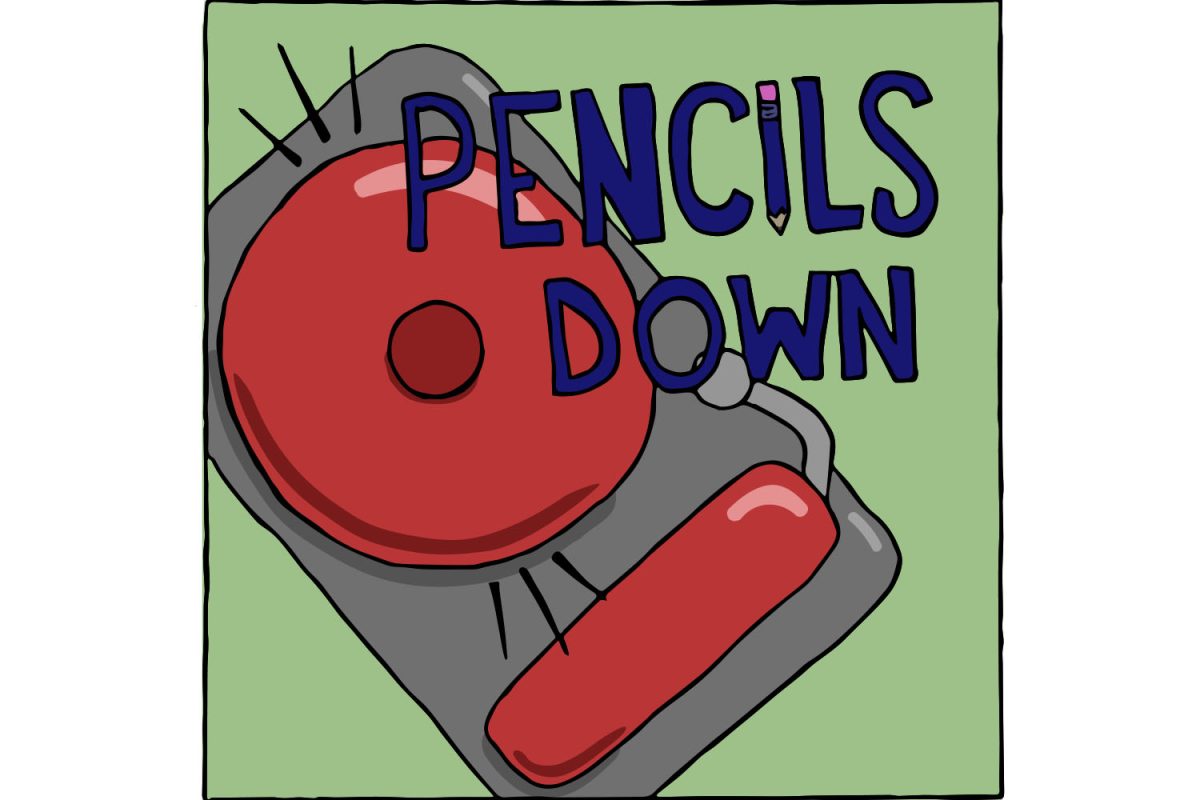While watching the Brooklyn Nets and Denver Nuggets play basketball Feb. 27 in another pathetic sub-.500 NBA mid season matchup, I donated a day’s worth of healthy drinking water to one of 768 million people worldwide living without it. After doing so, I logged onto ESPN and proceeded to lose a little faith in humanity.
I was trying out the UNICEF Tap Project, a cause that funds hygiene programs and water sanitation in underdeveloped countries — only if you don’t touch your phone for 10 minutes. I had just finished the 10-minute challenge, so being the technological, needy, privileged sports fan I am, I naturally headed to ESPN to see what I had missed during those 600 seconds.
Turns out the only worthy post was about the closing of a $60 million high school football stadium in Allen, Texas, for “cracks” in the concrete. Ben Pogue of Pogue Construction said the cracks ranged from one-fourth inch to three-quarters inch wide, and it seemed odd that the school had to shut down the stadium rather than spending a few more dollars to fix it.
The coliseum, Eagle Stadium, serves as the nucleus for Allen High School and can fit 18,000 fans. The number of people living without drinking water could fill 42,667 Eagle Stadiums. Imagine if the money spent by fans for three hours on Friday nights was used to give clean water to somebody for a whole day.
And get this: According to ESPN, there are four high school stadiums in Texas that can fit more people than Eagle Stadium. A Google search of “biggest high school football stadiums in America” shows the first article from Maxpreps.com bearing the headline, “10 high school football stadiums to see before you die.” MaxPreps published it as if these stadiums were comparable to the Grand Canyon or “Mona Lisa.” This is a problem.
It’s a problem not because of the millions spent on youth sport, but more so because of the idea behind the money. Who are the people building these emporiums? It’s not the kids, because most of them are more concerned with adolescent obsessions, such as getting more than 11 likes on Instagram or who liked their Facebook profile picture.
High school sports are special because of the bonds teammates have after years of playing together and the memories made. The name on the front of a high school athletic jersey represents the town or city where they have lived for most of their lives. High school sports are supposed to be played for the fun and for the memories, not to pump millions of dollars into stadiums and live vicariously through 18-year-olds.



